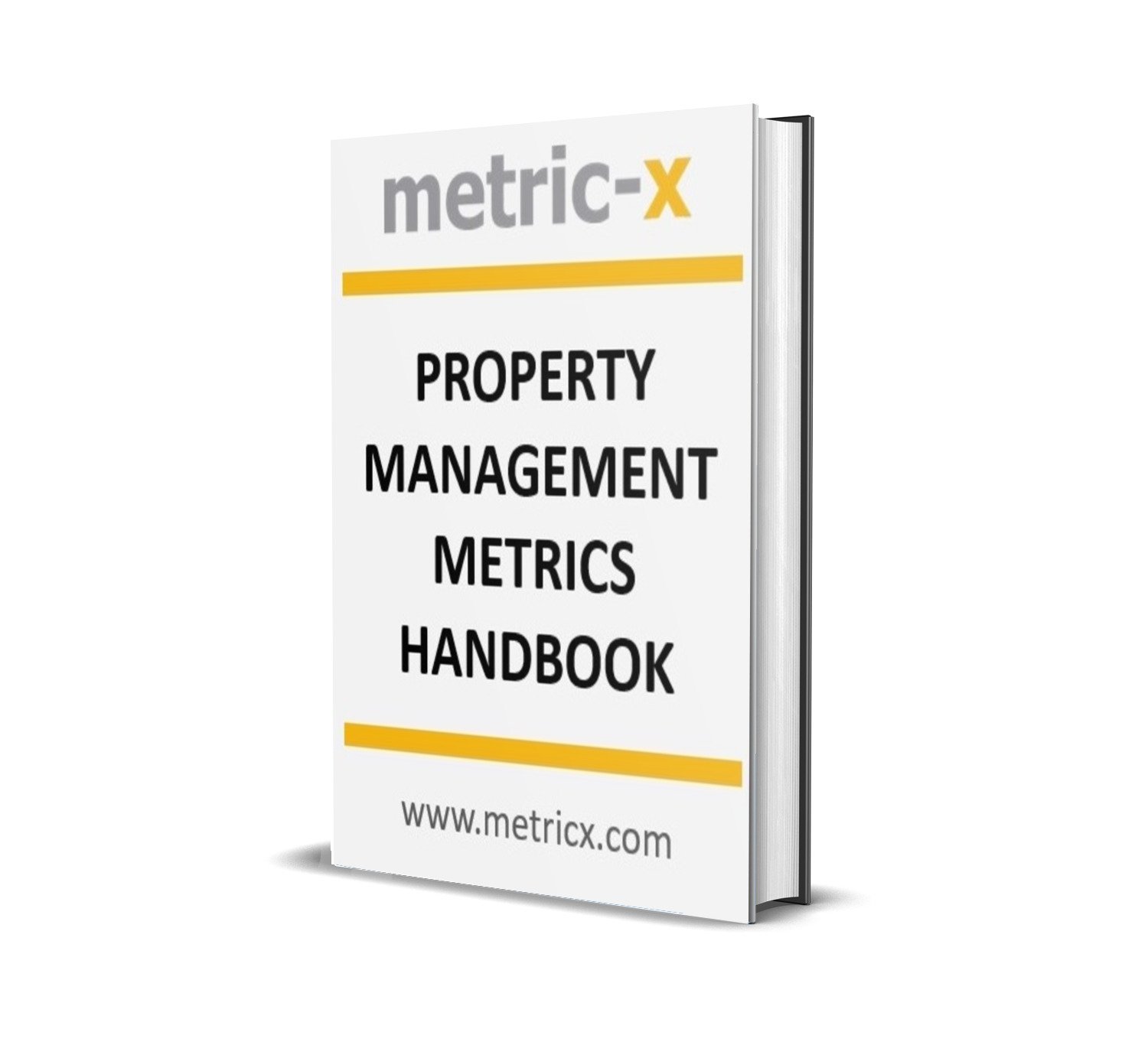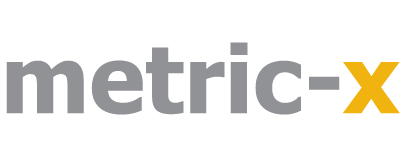Metrics for Understanding a Property’s Financial Health
Some metrics are so “well-designed” that a simple number can convey a lot of useful information.
In this post, we share several financial property management metrics that are standard in the industry. These metrics are designed to answer critical questions such as:
- How much rent is needed to break even?
- How much cash is being returned on the initial investment?
- How easily can the property repay the outstanding loan?
Free Metrics Handbook
See over 100 property management metrics.

(Page opens in new tab)
Property Management Metrics
Here are property management metrics that many our customers are tracking. These can be found in financial courses offered by the National Apartment Association (NAA).
|
Metric |
Description |
Formula |
| LTV (Loan to Value) | How much of the property’s value does the loan represent. The lower the better. | Loan Amount / Property Value |
| DCR (Debt Coverage Ratio) | Indicates the property’s ability to repay the loan. The closer to 100%, the greater the risk. | NOI/ADS (Annual Debt Service) |
| GPR (Gross Potential Rent) |
Rent from occupied units at current lease rates plus rent from vacant units at market rates.
Total rent that would be generated from the property if all the units were occupied. |
Rent from Occupied Units at Lease Rates + Rent from Vacant Units at Market Rates |
| LTL (Loss/Gain to Lease) | Measures gap between market rent and lease rent. | (Market Rent – GPR)/Market Rent |
| VAC (Vacancy, Concession and Collection Losses) | Measures the hit on income due to vacancies, discounts and bad debt. | Concessions + Vacancy Loss + Bad Debt |
| EGI (Effective Gross Income) | Represents only rental income. The net rental income after accounting for VAC losses. |
GPR – VAC Gross Potential Rent minus Vacancy, Concession, Collection Losses |
| OI (Other Income) | Money collected for activities other than rent. Examples include parking, laundry, late fees, pet fees, administrative fees etc. | |
| GOI (Gross Operating Income) | Also called Total Income. This is all the income collected (from rent and non-rental activities) | EGI + OI |
| OE (Operating Expense) |
All expenses incurred for managing the property. Includes expenses such as personnel salaries, taxes, insurance, repairs, marketing, utilities etc. Does not (usually) include Capital Expenses and Replacement Reserves. |
|
| CE (Capital Expense) | Non-recurring major expenses, such as property improvements, additions, that are depreciated over multiple years. | |
| RRA (Replacement Reserves) | Amount set aside for items that wear out over time, such as HVAC equipment, exterior painting, roofs, carpeting. | |
| DS (Debt Service) | The loan payment for the property. Includes principal plus interest. | |
| NOI (Net Operating Income) | Describes the operational efficiency of the property by excluding Capital Expenses, Debt Service and Replacement Reserves. It is the difference between Gross Operating Income and Operating Expense. | GOI – OE |
| CF (Before Tax Cash Flow) | Describes the cash that can be distributed from the property. It reduces the NOI by the amount of Capital Expense, Replacement Reserves and Debt Service. | NOI – (Replacement Reserves + Capital Expense + Debt Service) |
